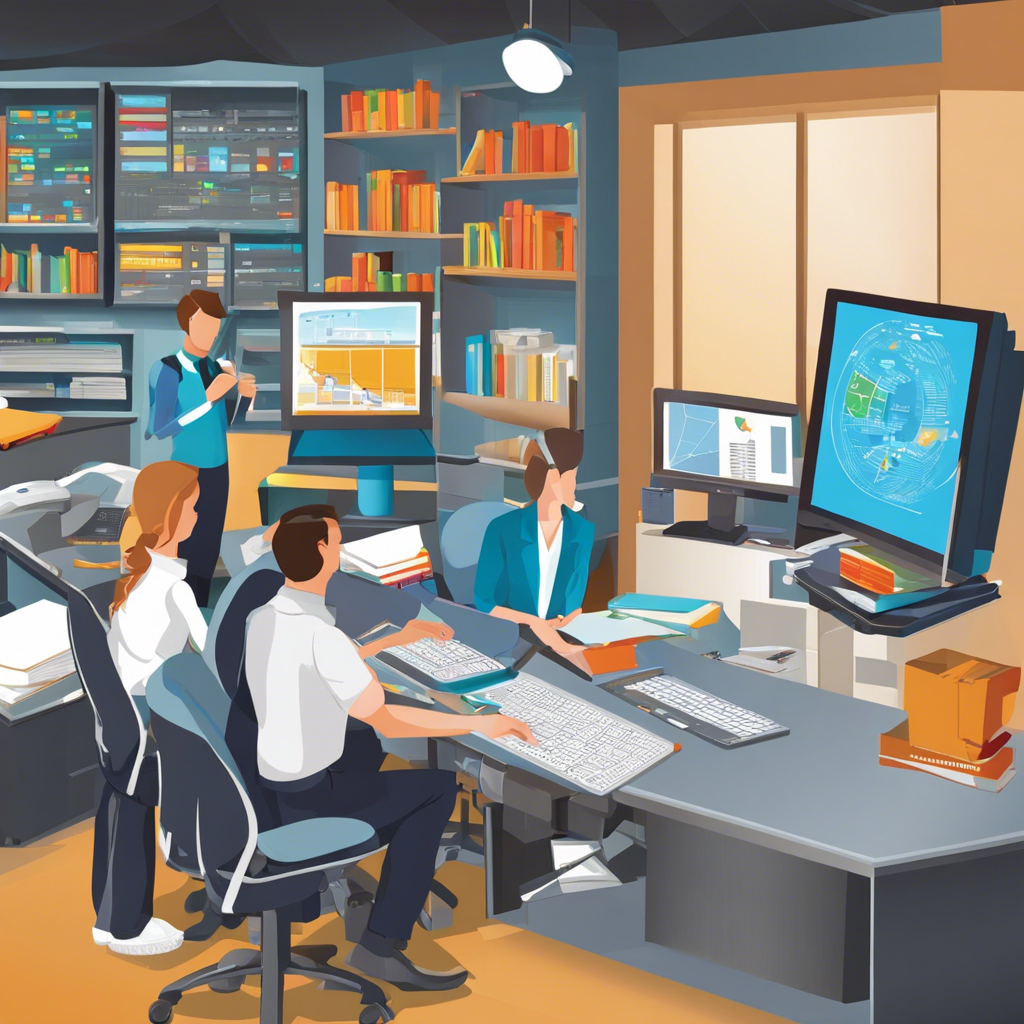A deep dive into the importance of educational simulations for professional training, focusing on effective learning strategies and real-word applications.
In today’s fast-paced and ever-evolving professional landscape, staying ahead of the curve is crucial. **Educational simulations** have emerged as a powerful tool for training professionals, offering a dynamic and immersive learning environment. This article explores the transformative power of educational simulations, their diverse applications, and the science behind why they are so effective in preparing individuals for real-world challenges. Through a comprehensive examination, we aim to shed light on the critical role these simulations play in enhancing professional competence and performance.
The Rise of Educational Simulations
Simulations have long been used in fields like aviation, healthcare, and the military to train professionals for high-stakes scenarios. However, advancements in technology and learning sciences have now brought simulations to the forefront of professional development across various industries. The integration of virtual and augmented reality, coupled with sophisticated software, has elevated these simulations to a new level of realism and interactivity.
Real-World Applications
Educational simulations are making a substantial impact in numerous professions. For instance, virtual classrooms are being used to train teachers, allowing them to practice lesson delivery, classroom management, and student engagement in a safe and controlled environment. Similarly, simulation exercises in international relations and foreign policy provide students with the opportunity to step into the shoes of diplomats, policymakers, and heads of state, fostering a deeper understanding of geopolitical complexities.
Immersive Learning Experience
Why are simulations so effective? The answer lies in their ability to create an engaging and immersive learning environment. When individuals are actively involved in a simulation, they are more likely to retain information and develop critical thinking skills. This immersive experience encourages learners to apply theoretical knowledge to practical situations, fostering a deeper understanding of the subject matter.
Benefits of Simulations:
- Enables hands-on practice in a risk-free environment
- Enhances problem-solving and decision-making skills
- Promotes active learning and engagement
- Facilitates the development of critical thinking abilities
The Science Behind Simulations
Cognitive Benefits
Educational simulations engage multiple areas of the brain, stimulating cognitive processes and promoting learning. Research has shown that simulations can enhance memory retention and understanding of complex concepts, as learners process information more deeply when actively involved in the learning process.
Emotional Engagement
The immersive nature of simulations also triggers emotional responses, which can enhance learning and memory. When learners feel emotionally connected to a simulation, they are more likely to remember and apply the lessons learned. This emotional engagement adds a layer of authenticity to the experience, making it more impactful and memorable.
Overcoming Challenges with Simulations
Common Training Challenges and Solutions
High-Risk Scenarios
Certain professions, such as firefighting or emergency response, often involve high-risk situations. Educational simulations provide a safe environment to practice handling these scenarios, reducing the risk of harm to both trainees and the public.
Procedural Training
For professions like healthcare or aviation, where precise procedures are critical, simulations offer a risk-free space to practice and refine skills. Learners can repeatedly perform procedures until they achieve mastery, without the risk of endangering patients or causing costly errors.
FAQs
How do simulations help in skill development?
Simulations provide a safe and controlled environment where learners can repeatedly practice and receive immediate feedback, allowing them to refine their skills and build confidence.
Are simulations effective for team training?
Absolutely! Simulations can foster teamwork and communication skills by facilitating collaborative problem-solving in a realistic setting.
Can simulations be tailored to individual learning styles?
Yes, simulations can be customized to cater to different learning styles, ensuring a personalized and effective learning experience for all.
Conclusion
Educational simulations have emerged as a powerful tool to transform professional training, offering an engaging and immersive learning experience. Through the creation of realistic scenarios, learners can practice and refine their skills, develop critical thinking abilities, and apply theoretical knowledge in practical contexts. The cognitive and emotional engagement stimulated by simulations enhances memory retention and understanding, leading to better decision-making and performance in real-world situations. As technology continues to advance, the potential for educational simulations to shape professional development in various industries is limitless.
Resources:
1. The Learning Power of Artificial Intelligence and Simulated Environments in Training Teachers
2. Using Simulations to Teach International Relations and Foreign Policy
3. Simulations in the Classroom: 5 Ways to Use Simulations in the Classroom
